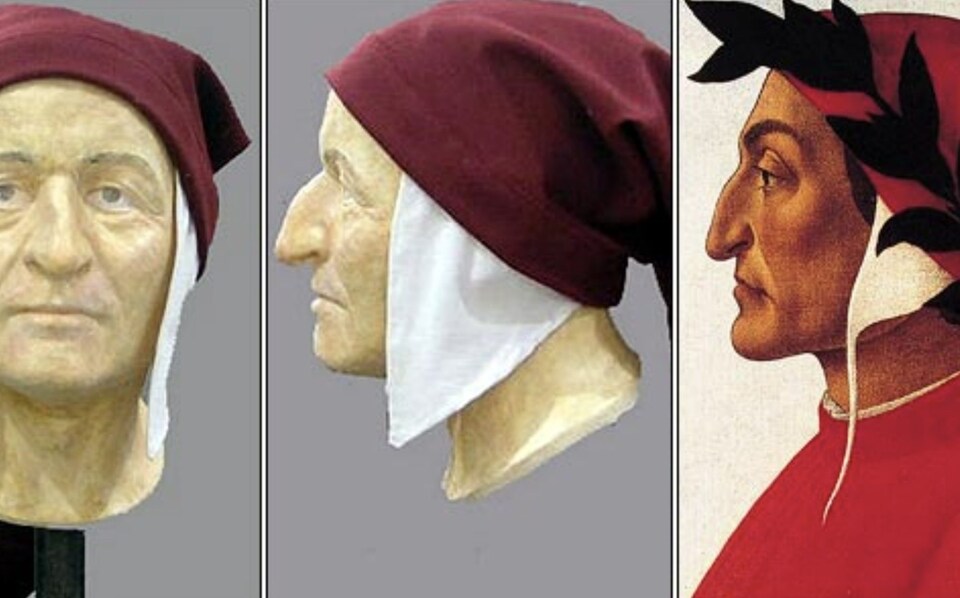Today on My Poetic Side we bring you an interesting article about a 3D reconstruction of the poet Dante.
Dante Face Reconstructed For The First Time
 For years, fans of the poet Dante have been able to see a very clear depiction of his description of hell, whilst an accurate image of the man himself has been something of a mystery, with many of the portraits that are available having been painted after his death. Now, thanks to new 3D techniques, an image has been created that indicates that the poet may have had an aquiline nose, but not with the downward point that has previously been suggested, and a chin that is much less pronounced.
For years, fans of the poet Dante have been able to see a very clear depiction of his description of hell, whilst an accurate image of the man himself has been something of a mystery, with many of the portraits that are available having been painted after his death. Now, thanks to new 3D techniques, an image has been created that indicates that the poet may have had an aquiline nose, but not with the downward point that has previously been suggested, and a chin that is much less pronounced.
The striking portrait of Dante painted in 1495 by Botticelli depicts him with a pointed chin and a long nose, echoing the fresco image of Dante that can be seen in a cathedral in Florence.
Using a 1921 study of the skull of Dante, Cicero Moraes a Brazilian graphics expert has combined that information and information that was gathered about Dante’s face in an article in 2007, and found he had a big head, large eyes, aquiline nose and a long face.
Moraes suggests that the majority of portraits of the poet aligned more with and account from the period, made by Boccaccio who was born towards the end of Dante’s life and lived in Florence. The information is contained within the biography that Boccaccio wrote. He described Dante as

Dante was not known personally to Boccaccio, who created his description from reports made by people who were close to him. Whilst the descriptions are roughly accurate, using the bones and modern technology allows for a much more accurate depiction of the poet to be made.
Using the facial approximation process, a team in Brazil at the Federal University of Uberlândia managed to produce two different sets of images. The first, which was in grayscale shows a possible Dante with eyes closed, and with no hair. The second was in colour and added the more subjective elements; eye colour, clothing and skin – all in accordance with the best images from the time of the poet.
Dante is known for the key role he played in shaping the Italian language and of course for his Divine Comedy which depicts the journey to heaven, hell and then purgatory. He died in Ravenna in 1321 having been exiled in 1302 from his native Florence.
The results of the study carried out by Moraes and Thiago Beaini, his co-author, has been published in OrtogOnLineMag, a 3D computer graphics journal.


You must register to comment. Log in or Register.